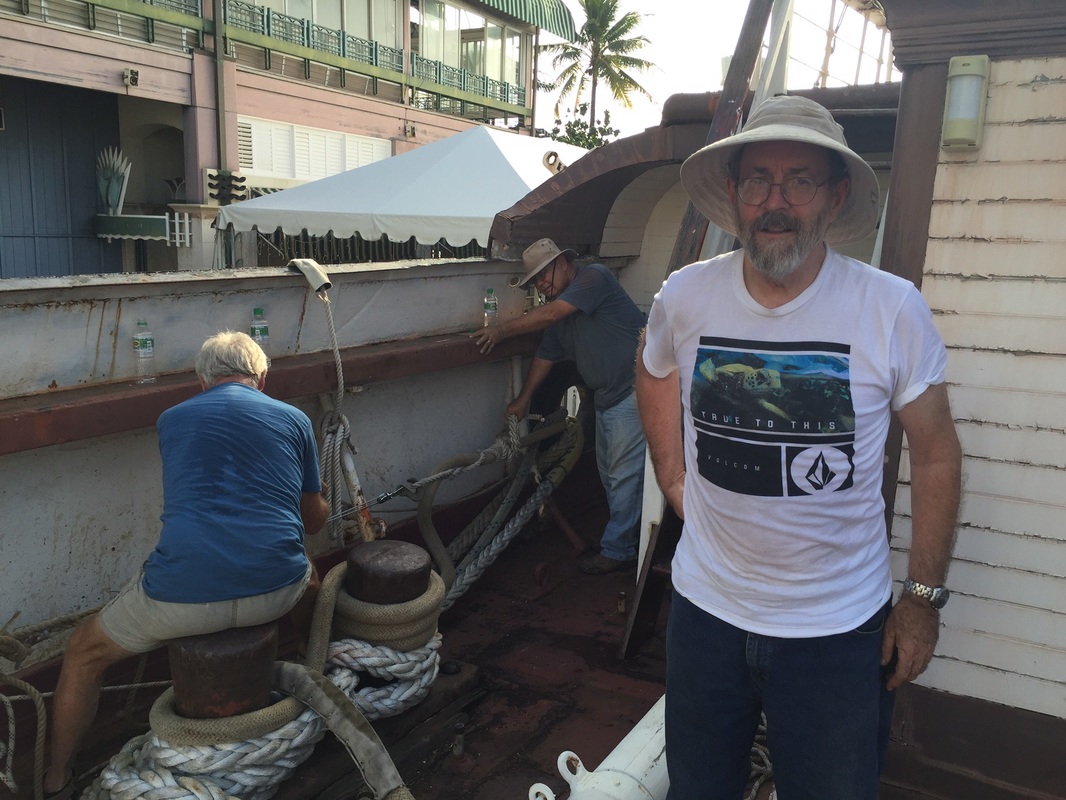As announced last month, Dr. Ray Ashley, President of the San Diego Maritime Museum, gave a public talk to a small group on Saturday, January 2 on the importance of historic ships. We had to set the meeting up without knowing Dr. Ashley’s full schedule, so the timing was not ideal. He will return once or twice more before the summer is over, so we hope to have another opportunity for a public forum. However, we do want to communicate the part of his presentation that states Dr. Ashley’s insight into why historic ships are so important.
- Ships are works of (naval) architecture.
- For the people who created them, they are often not only the most complex objects in their world, but also the most monumental elements of their landscape.
- Ships are collectively repositories as well as conveyances of culture, representing the first worldwide, large scale technological system in history as well as the first and last such system in which people, things, and ideas moved together in the same package.
- As opposed to terrestrial sites, ships are signified by what they are floating in (or in a place next to) rather than the real estate they occupy.
- Reflecting the connective nature of the enterprise of the sea and its influence on world events, no one ship is a site unto itself—collectively they constitute a multinational site.
- Recognition that the great historic vessels represent the patrimony of humanity and that the sea is a field of world heritage furthers UNESCO’s efforts in maritime archeology to protect and conserve submerged cultural resources.
- There is no way to appropriately recognize and memorialize the enterprise of the sea by restricting representation exclusively to dockyards and naval complexes bereft of ships which were their entire purpose.


 RSS Feed
RSS Feed